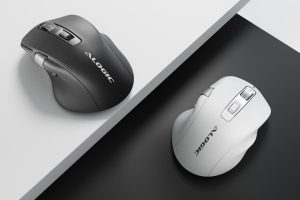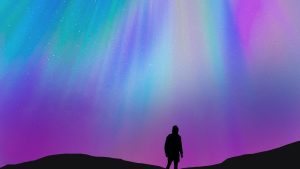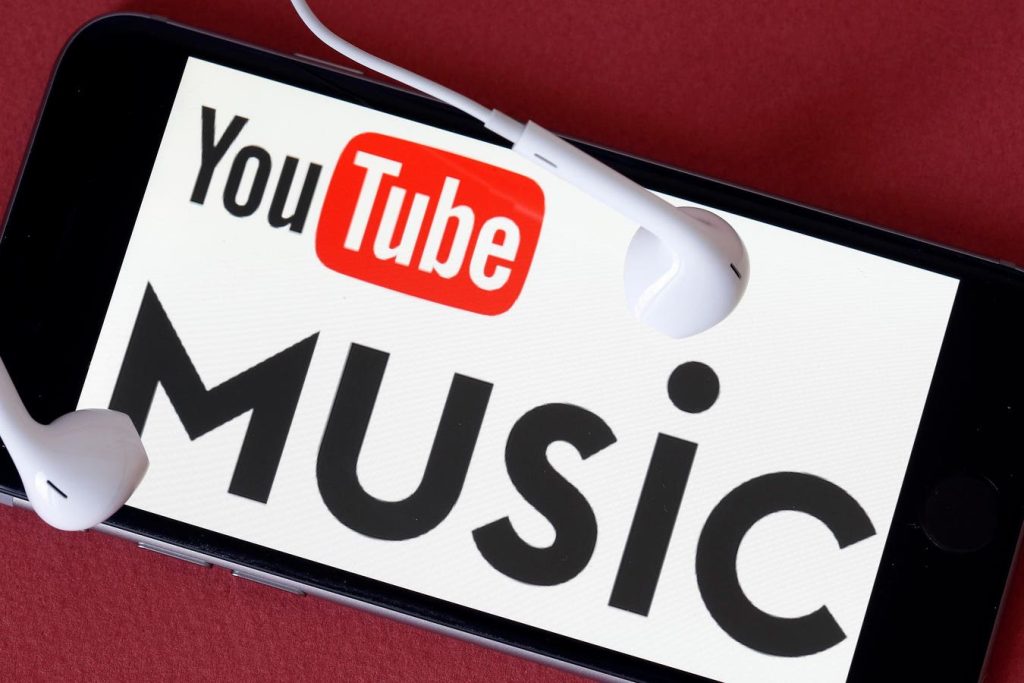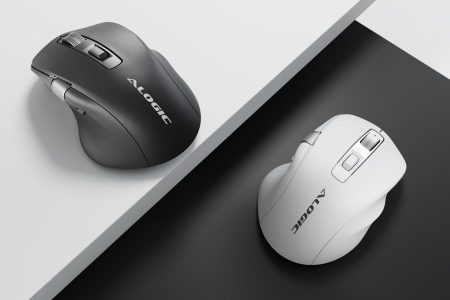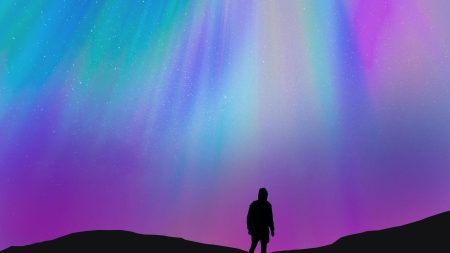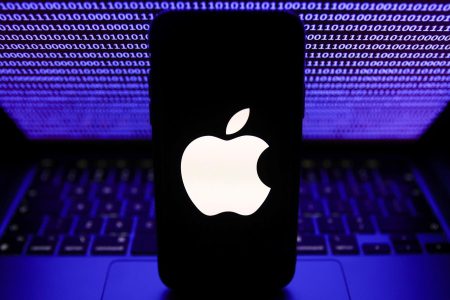Readers of a certain age can likely recall the iconic artwork that graced the album jackets of some of the biggest musical releases from a bygone era. While The Rolling Stone’s “Sticky Fingers,” Pink Floyd’s “The Dark Side of the Moon,” The Clash’s “London Calling” and Joy Division’s “Unknown Pleasures” would still be considered great albums regardless of their respective covers, it is almost impossible to separate the music from the artwork.
Serious thought and consideration was, and still is, put into the art that is tied to music.
However, in the era of streaming music, the visuals are often downplayed. YouTube Music has further turned the concept of accompanying artwork for music on its side this month when it introduced custom images that employed generative AI for playlists.
Instead of allowing users to upload their own artwork, the music streaming service is offering the ability for users to create original AI-generated art. Users select a category—from such options as animals, food and drink, colors, natural or travel—while various prompts further determine the “style.” The AI then provides five different options, from which users can then use one of the images to represent the playlist.
Previously, YouTube Music had automatically created an image by merging the art from the first four songs in a user’s playlist.
The new feature is available for U.S. users of YouTube Music, but the Google-owned company has plans to expand it to other regions and languages.
“The guided experience allows users to effortlessly explore from a range of visual themes and options to create one-of-a-kind cover art that expresses the uniqueness of your personal playlists. Struggling to find the perfect artwork for your 90’s R&B-inspired morning commute playlist? Don’t worry, we got you,” YouTube Music’s T. Jay Fowler, director of product management, said in a blog post.
AI-Generated Art And Music
It seems doubtful that AI can truly capture the same level of “inspired” artwork as those who were once hired to create the covers for albums.
“The link between art and popular music became especially tight in the 1960s-1970s when the work of avant-garde artists from R. Crump’s for Big Brother’s ‘Cheap Thrills’ to Stanlet Mouse and Alton Kelly–who provided several Grateful Dead LPs—to H.R. Giger for ELP’s ‘Brian Salad Surgery;’ and well-known photographers, including Andy Warhol, Cindy Sherman, Ed Ruscha, Elliott Erwitt, Irving Penn, Lee Friedlander, Richard Avedon and William Eggleston made music LPs covers as memorable as the songs they offered,” technology industry analyst Charles King of Pund-IT explained.
King added that while he doesn’t have any issues with YouTube clients appending AI-generated artwork to their playlists, he suggested that it is little more than attempting to “pretty up” commercial products on the cheap.
“Since there are tens of thousands of talented artists looking for work, why doesn’t YouTube hire them to create memorable playlist art and offer it to customers,” King pondered. “Probably because it involves a modest amount of money and risk. AI, on the other hand, is relatively inexpensive and risk-free. And entirely soulless and forgettable.”
Mixing It Up
The AI-generated artwork may not take any inspiration from the actual music on the playlist. Yet, back in the days of cassette “mix tapes,” artwork was never really a consideration either.
“The artwork associated with user-created collections has come a long way from people adding original artwork to mix tape labels,” said Bruce Barber, professional in residence and general manager of 88.7 WNHU at the University of New Haven.
The bigger issues Barber said, is whether the AI producing the artwork will resonate with users in the same way as those now famous album covers, and how the music artists today may feel about it.
“Musicians and record companies have always been concerned with maintaining control of their art, and this must feel scary to both parties,” Barber added.
Even the best AI-generated artwork will likely lack that special something. Can AI really come up with something as simple yet iconic as Andy Warhol’s artwork for The Velvet Underground & Nico’s debut album?
Probably not.
“In the end, YouTube’s foray into AI-created images is likely to produce the kind of artwork you see in cheap hotels—bland, unmemorable and easily discarded,” King maintained. “Will YouTube customers really want to associate disposable, crap images with their favorite music? I hope not.”
Read the full article here
